Semi-trucks, also known as tractor-trailers or big rigs, are the lifeblood of the transportation industry. They cover vast distances, transporting goods across cities and countries. However, like all vehicles, semi-trucks are susceptible to battery issues. A dead battery can bring even the mightiest truck to a standstill. You should know how to jump start semi truck. Before you jump start your semi truck, you need to know why it needs to be done.
Why Do Semi Trucks Need to be Jump Started?
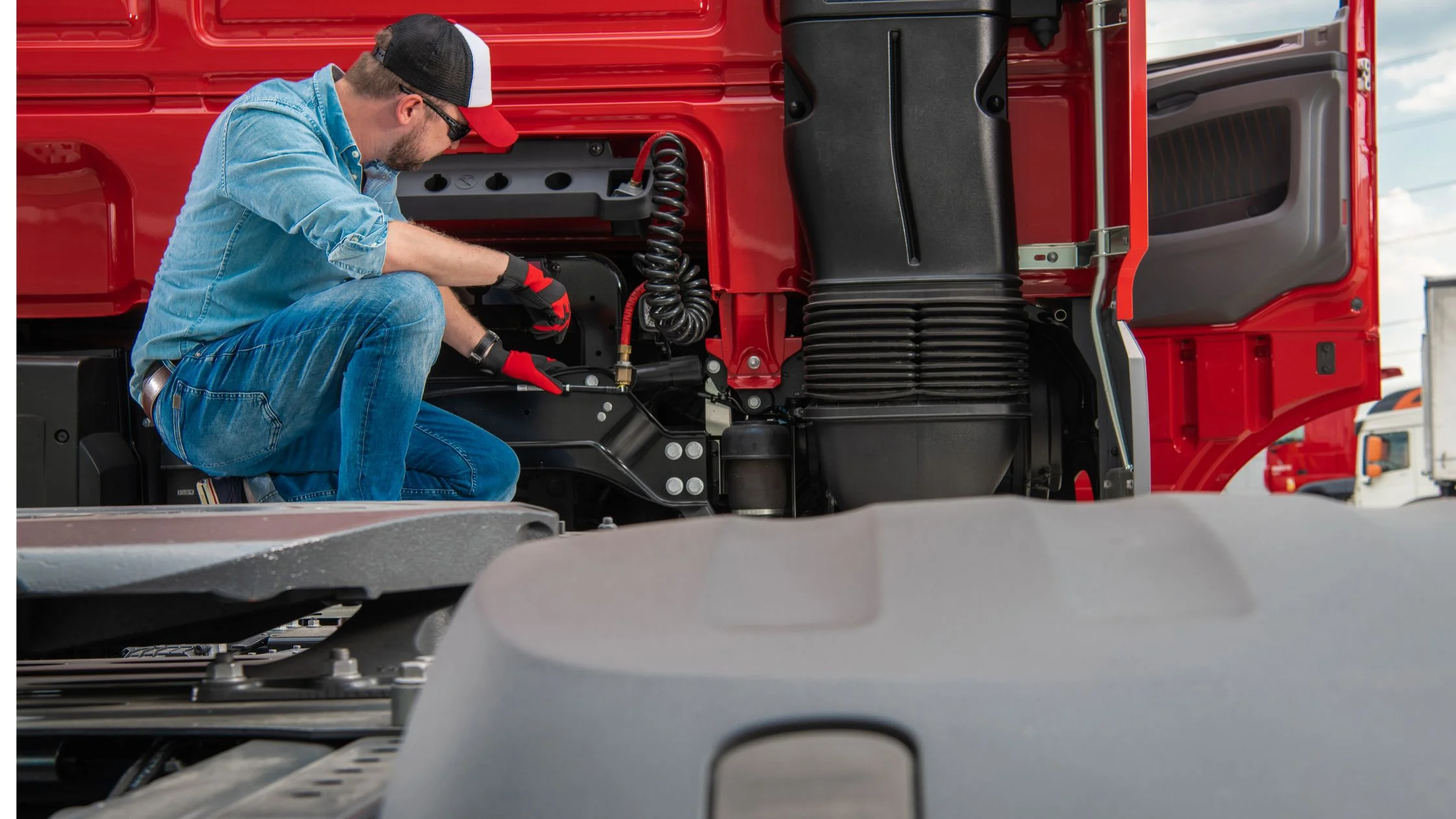
Like all automobiles, semi-trucks require a functioning battery to initiate the engine. Several factors can lead to a dead battery, such as extended periods of inactivity, extreme weather conditions, or an aging battery. When the battery lacks sufficient charge, the truck won’t start, necessitating a jump start.
Safety Precautions to Follow When Jump Starting a Semi Truck
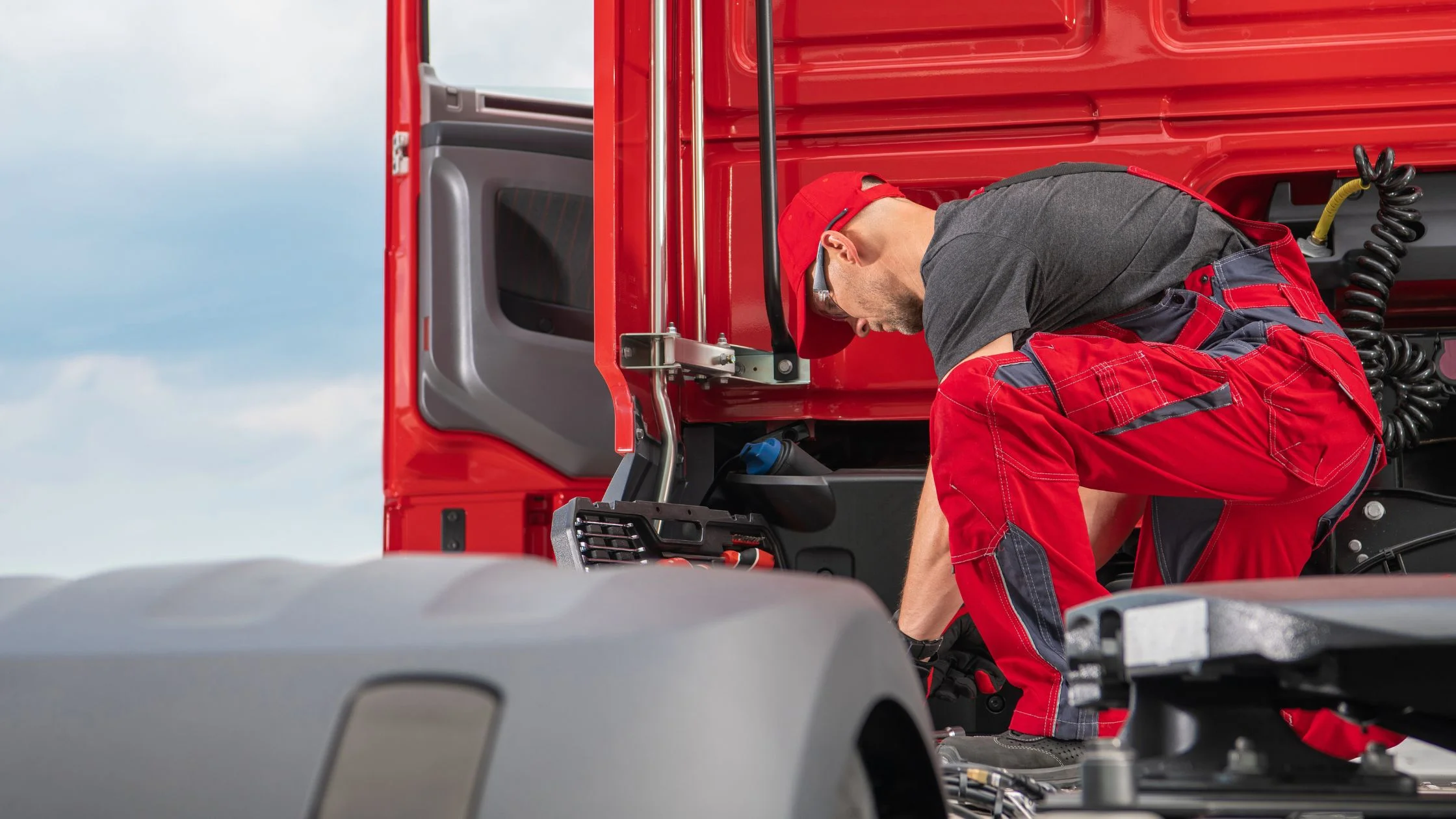
Jump-starting a semi-truck involves handling electrical components and requires utmost caution. Here are some safety precautions to adhere to:
- Wear Safety Gear: Before attempting to jump-start the truck, wear safety gloves and goggles to protect yourself from accidental sparks and corrosive battery materials.
- Ventilation: Ensure the area is well-ventilated to disperse any gases that might escape during the jump-starting process.
- Follow Proper Procedure: Adhere strictly to the step-by-step method to avoid accidents and ensure an efficient jump start.
How to Jump Start Semi Truck | Methods for Jump-Starting
Jump-starting a semi-truck is a skill every driver should possess, especially considering the vast distances these vehicles cover and the potential for unexpected battery failures. There are various methods to jump-start a semi-truck, each with nuances, but all aimed at reviving the dead battery and getting the truck back on the road. So, how to jump start semi truck?
Method 1: Use a Jumper Box
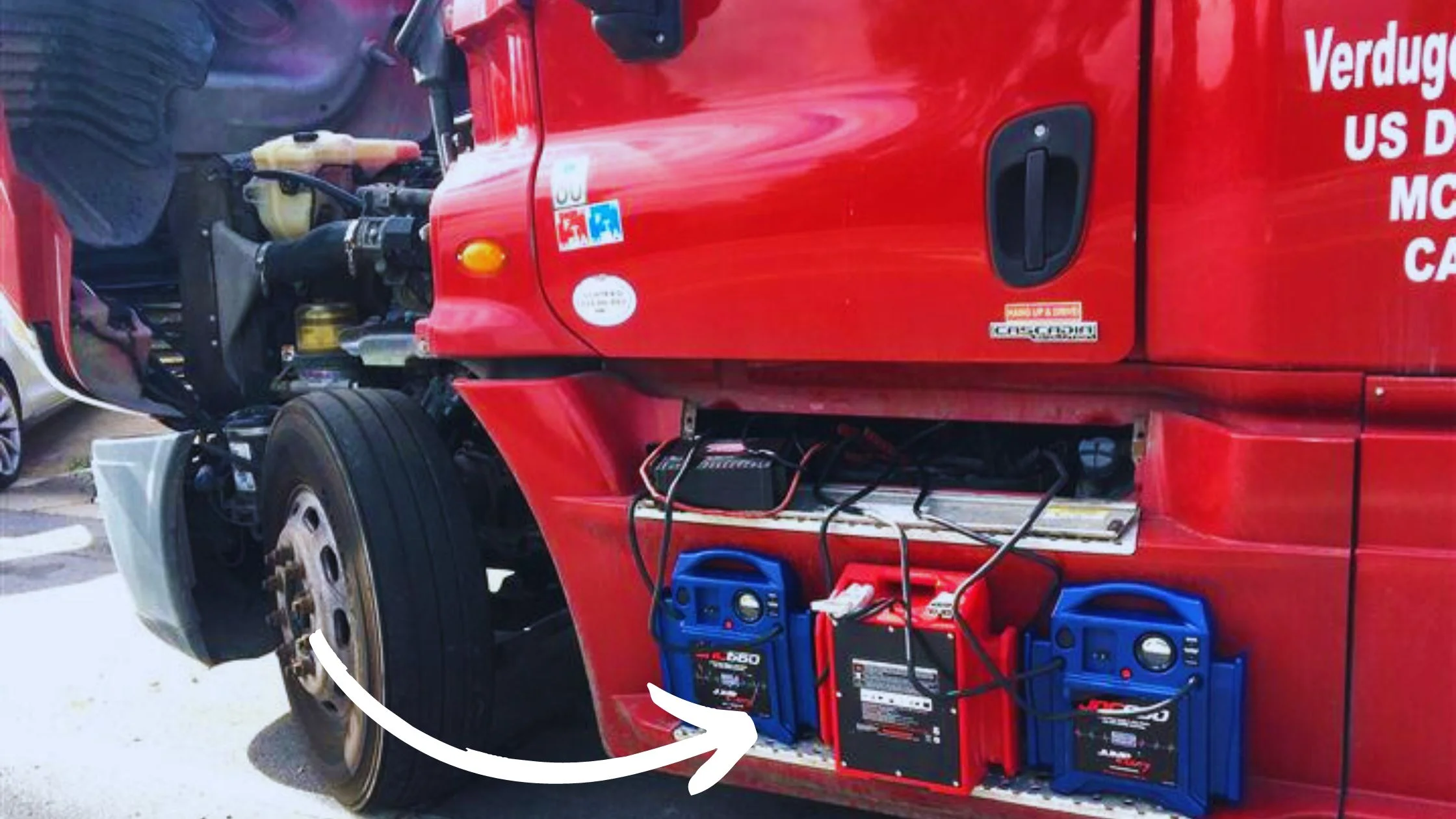
One of the most convenient and straightforward methods for jump-starting a semi-truck is by using a jumper box, also known as a jump starter pack. This portable device contains a rechargeable battery and jumper cables, allowing you to jump-start your truck without needing another vehicle.
Step#1 Preparing the Jump Box
Make sure the jump box is fully charged and compatible with the semi-truck’s voltage before proceeding. Be sure it’s rated for heavy-duty vehicles, such as semi-trucks, since these require substantial power. Before proceeding, check the jump box cables for any damage or exposed wires.
Step#2 Positioning and Safety Measures
Park the semi-truck and jump-start vehicle close enough so the jump box cables can reach both batteries comfortably. Turn off the ignition and all electronic devices in the semi-truck. Engage the parking brakes on both vehicles, ensuring they are securely in place to prevent any accidental movement during the jump-start process.
Step#3 Connecting the Jump Box
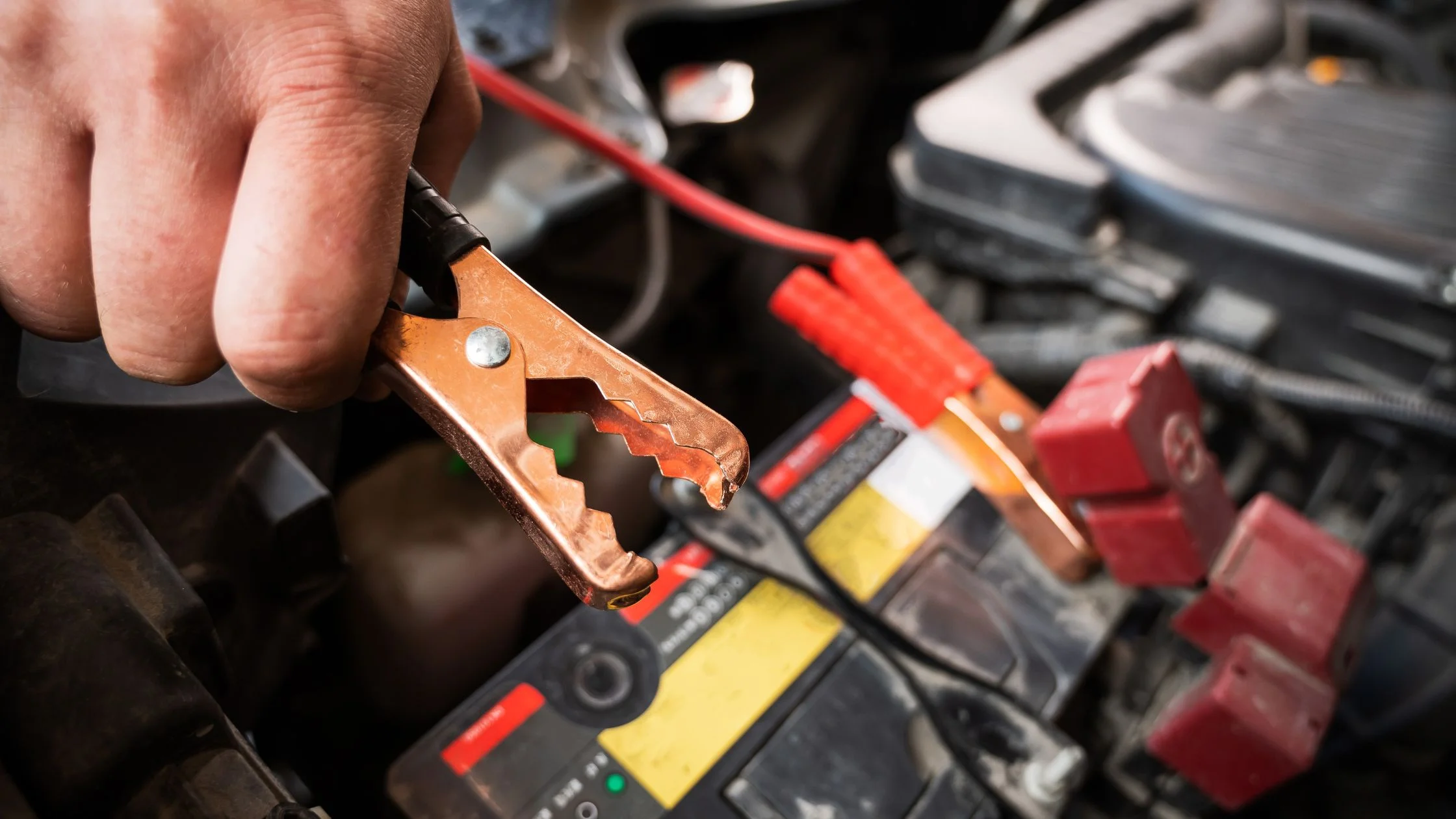
Both the semi-truck and the jump box have positive (+) and negative (-) terminals. The red (positive) clamp from the jump box should be connected to the positive terminal of the semi-truck’s battery. Connect the black (negative) clamp from the jump box to an unpainted metal part of the engine block of the semi-truck. Don’t allow any slippage in the connection.
Step#4 Activating the Jump Box
Jump start the semi-truck’s battery by turning on the jump box. It will take a few minutes for the battery to charge sufficiently. Start the semi-truck once it has been charged. Keep the engine running for a few minutes to allow the battery to recharge.
Step#5 Disconnecting Safely
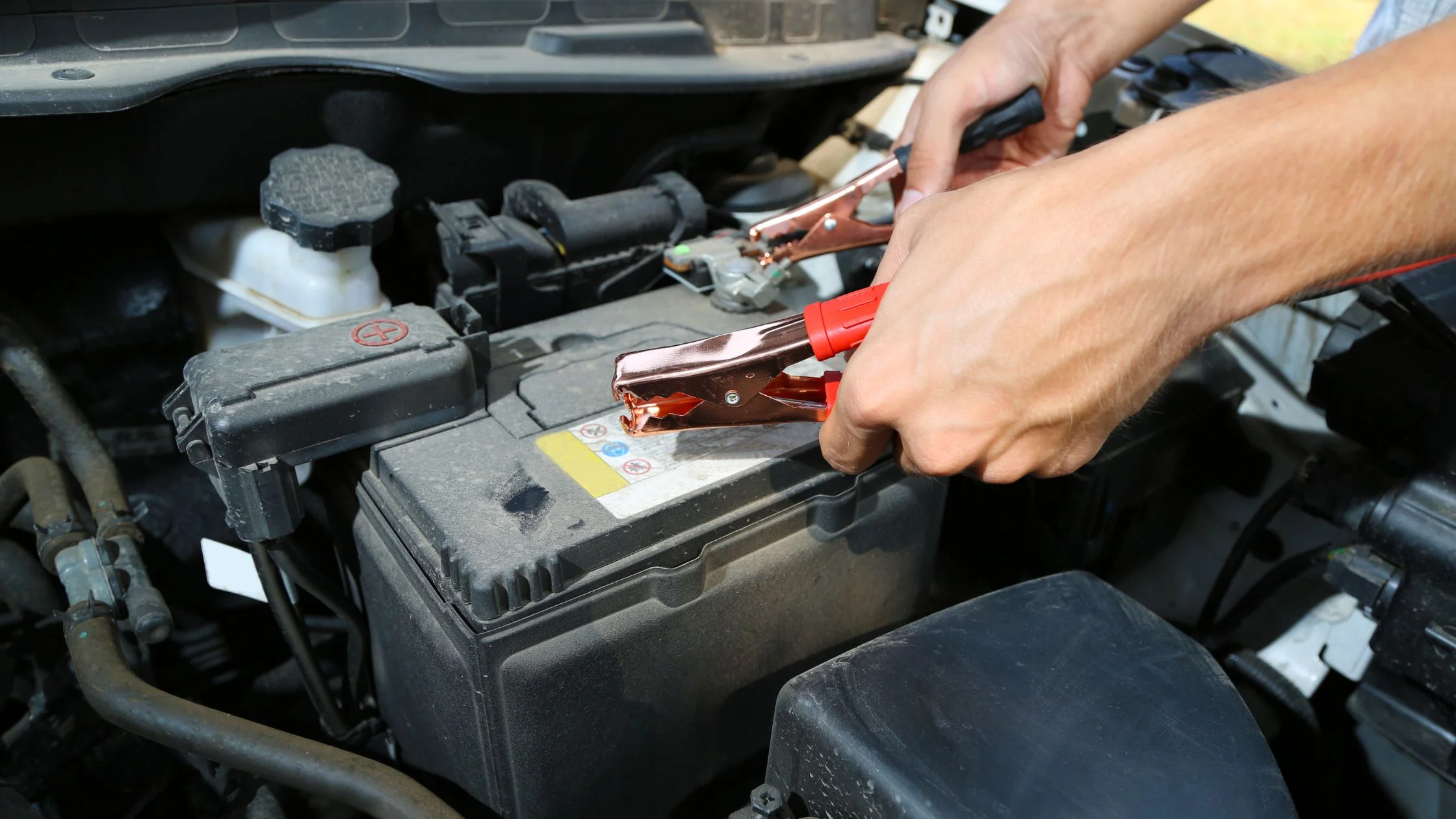
Turn off the jump box when the semi-truck starts and disconnect the clamps in reverse order. Remove the black (negative) clamp from the engine block of the semi-truck and the red (positive) clamp from the battery. Keep the jump box safely stowed and avoid contact between the clamps to prevent sparks.
How to Jump Start a Semi Truck with Another Semi Truck? Method#2
Step#1 Assessing the Situation
Check the batteries and positions of both trucks before attempting a jump start. The semi trucks should be close enough for the jumper cables to reach both batteries easily. Ensure that both vehicles are in neutral and that the parking brakes are engaged, as well as looking for damage or corrosion on the battery terminals.
Turn off the engines and all electrical systems on both trucks once you are confident about their condition and alignment.
Step#2 Gathering Equipment
Buy heavy-duty jumper cables that can handle the high voltage and current requirements of semi truck batteries. A good cable should be free from fraying or exposed wires. Allow enough space around the trucks for safe maneuvering during jump-starting.
Step#2 Connecting the Batteries
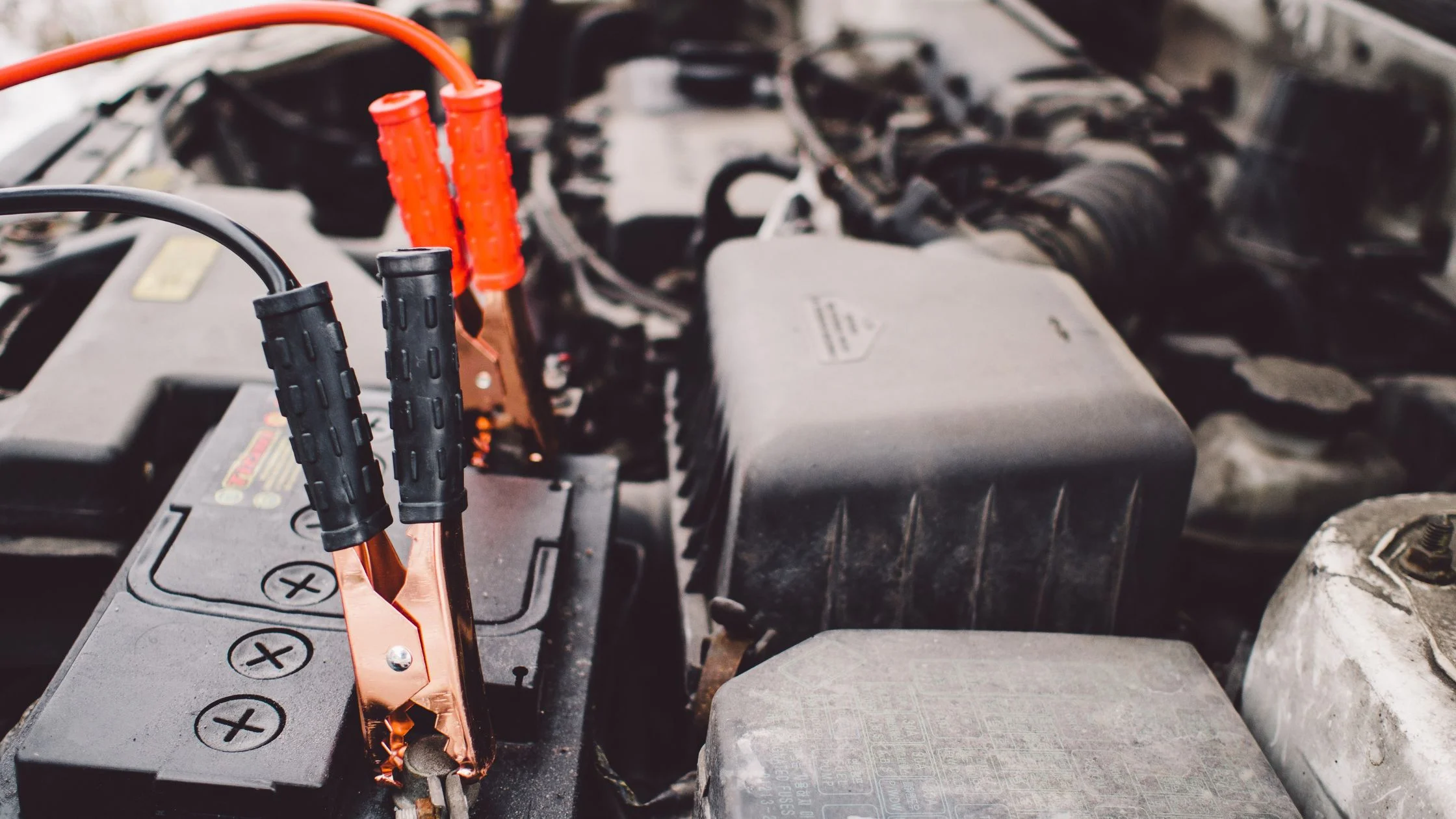
Positive (+) and negative (-) terminals should be identified on both batteries. Connect the positive terminals to the red jumper cable, ensuring a secure connection. Connect the other end of the red cable to the positive terminal of the assisting truck’s battery.
Connect the negative terminal (-) of the assisting truck’s battery to a clean, unpainted metal surface on the disabled truck’s engine block. To prevent sparks, place this connection away from the battery.
Step#3 Starting the Engines
Start the engine of the assisting truck and let it run for a few minutes. Afterward, try starting the disabled truck. Wait a few more minutes for the battery to charge before trying again if the engine doesn’t start immediately. Allow both engines to run for a while after the disabled truck starts to ensure the battery remains charged.
Step#4 Disconnecting the Cables
Reverse the order in which the jumper cables were connected before removing them. To begin, disconnect the negative (-) cable from the engine block of the previously disabled truck, then disconnect the negative (-) terminal of the assisting truck. To prevent sparking, remove the positive (+) connections, ensuring the cables do not touch each other or any metal surfaces.
Troubleshooting
If you encounter difficulties jump-starting the semi-truck, consider the following:
- Check Connections: Ensure all jumper cables are correctly connected to the terminals and grounds.
- Verify Jumper Vehicle: Confirm the jumper vehicle is running to provide a stable power source.
- Clean Battery Terminals: Corrosion on the battery terminals can hinder power transfer. Clean the terminals and try jump-starting again.
- Battery Replacement: If jump starting fails repeatedly, it might indicate a faulty battery. In such cases, replacing the battery becomes necessary.
Different Types of Semi-Truck Batteries and Their Applications
We all know how crucial a truck’s battery is for keeping the wheels turning and the deliveries on schedule. With various options in the market, choosing the right battery for your big rig can be a bit overwhelming. But worry not. We’ve got you covered! Let’s dive into the world of truck batteries in a conversational style.
1. Lead-Acid Batteries:
First up, we have the trusty lead-acid batteries. These bad boys are the go-to choice for many truckers. Why? Well, they’re reliable and won’t break the bank. Need that power surge to kick-start your engine? Lead-acid batteries have got your back. They might not last as long as other options, but they do the job without burning a hole in your wallet.
2. Lithium-Ion Batteries:
Now, let’s talk about the cool kids on the block – lithium-ion batteries. These batteries are like the superheroes of the trucking world. They are lightweight, which means less weight on your truck and more room for your cargo. Plus, they have a longer lifespan than lead-acid batteries. They might cost a bit more upfront, but consider it a long-term investment in your truck’s efficiency.
3. Gel Batteries:
Ever heard of gel batteries? These are like the spill-proof champions of the battery world. The electrolyte inside is in gel form, making them perfect for trucks that face rough terrains or constant vibrations. No spills, no mess – just a reliable power source. If your truck is a bit of a rough rider, gel batteries might be your best bet.
4. Absorbent Glass Mat (AGM) Batteries:
Now, let’s talk about AGM batteries. These batteries are the low-maintenance all-stars. The electrolyte is absorbed into a glass mat separator, reducing the need for constant checking and maintenance. They are durable, resistant to vibrations, and provide consistent power. AGM batteries are your pals if you’re looking for a battery that requires minimal fuss.
Common Problems with Semi Truck Batteries and How to Fix Them
Understanding common issues with semi-truck batteries empowers truck drivers and fleet managers to address problems promptly.
1. Sulfation:
Sulfation occurs when lead sulfate crystals accumulate on the battery plates, reducing capacity. To fix this, consider desulfation methods or use a battery desulfator to break down the sulfate crystals and restore the battery’s performance.
2. Low Electrolyte Levels:
Low electrolyte levels in lead-acid batteries can cause poor conductivity. Add distilled water to maintain the proper fluid levels and ensure the plates are fully submerged.
3. Battery Acid Leaks:
Battery acid leaks can corrode the battery terminals and surrounding components. Neutralize the acid with a baking soda-water solution and clean the affected area thoroughly. After cleaning, apply a corrosion-resistant spray to prevent future corrosion.
How to Safely Dispose of a Semi Truck Battery
Safely disposing of a semi-truck battery is vital to protect the environment and adhere to regulations.
1. Recycling Centers:
Many recycling centers accept old batteries. These centers are equipped to handle the hazardous materials within the battery and recycle them responsibly.
2. Authorized Dealerships:
Authorized dealerships often have battery recycling programs. They collect old batteries and ensure they are disposed of or recycled properly, following environmental guidelines.
Conclusion
Jump-starting a semi-truck demands careful attention to detail and adherence to safety protocols. While the process might seem straightforward, following the correct steps to prevent accidents and ensure a successful jump start is imperative.
By understanding the intricacies of jump-starting a semi-truck, you can keep these giants of the road moving efficiently and effectively, ensuring goods reach their destinations on time. We hope now you know “how to jump start semi truck?”



